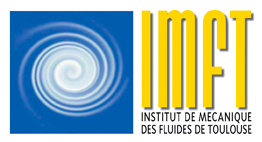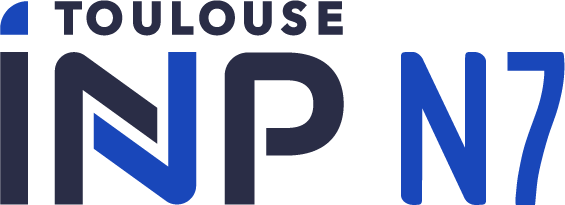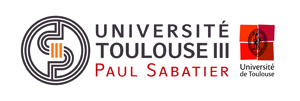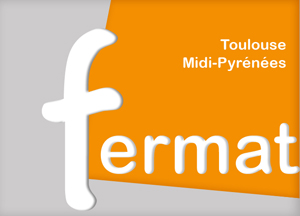Fish upstream/downstream migration and fish passes
With regard to the problems of fish upstream and downstream migration, the various studies, combining experimental approaches on scale models and numerical modelling, have made it possible to finely characterise the flows inside these structures and to confirm or specify the criteria for the design and dimensioning of fish passes (Cassan et al., Journal of Hydraulic Engineering, 2014; Cassan et al., Knowledge and Management of Aquatic Ecosystems, 2016). This work was notably the subject of the PhD theses of Tran Dung T. (2011-2015, Vietnam Funding) and Ducrocq T. (2012-2016, OFB Funding) on macro-roughness ramps (IMFT), of Ballu A. (2013-2017, OFB-VNF Funding) on pool passes (Pprime Institute) and of Guiot de la Rochère L. (2016-2020, OFB Funding) on the management of channel systems in coastal marshes (IMFT). Since the 2000s, the group has been actively collaborating with the Institut Pprime de Poitiers on the design of fish passage systems (fish ladders and fish-friendly water intakes for downstream migration), leading to exchanges on metrology and digital tools adapted to these research objects. In addition, the operational needs of restoration of ecological continuity in aquatic environments also induce scientific collaborations between our group, local managers (UNIMA, CD17) and the UMR G-EAU of Montpellier, with which we co-direct the PhD thesis of L. Guiot de la Rochère (2016-2020, OFB Funding). The objective was to produce a hydraulic modeling tool to reconcile local uses (maintaining a water level, limiting marine entries …) and elver upwelling (crossing structures at sea and tiering). The numerical tools developed will be used to update the Cassiopée software for the design of fishways (http://cassiopee.g-eau.net).
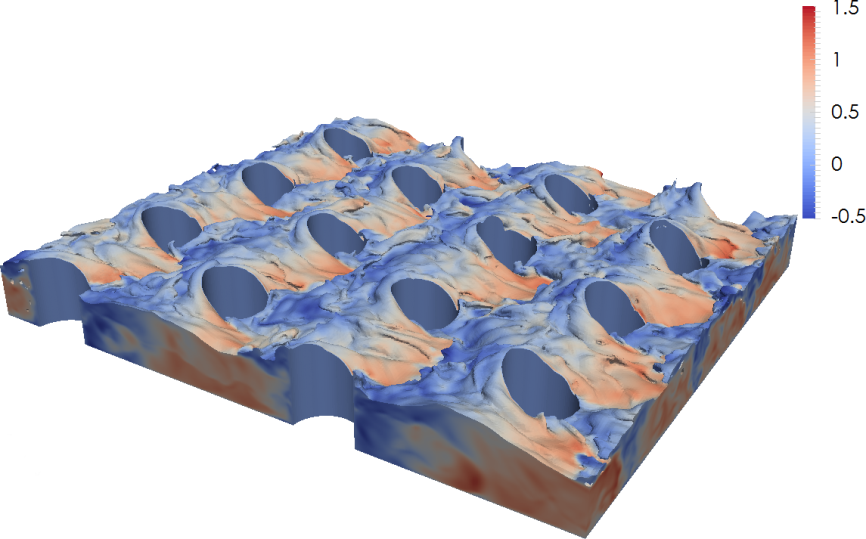
In the continuity of these hydraulic studies, the work has progressively been oriented towards research on the biological validation of the recommended devices. In particular, over the period 2015-2019, studies in collaboration with the R&D and CIH departments of EDF on 8 sites for salmon juveniles and 5 sites for eels consisted in evaluating the efficiency of the downstream devices for these 2 species with high conservation stakes. The results obtained with 80-100% efficiency on smolts and 95-100% on eels definitely validate the recommendations (Tomanova et al., Ecological engineering, 2018). Comparable studies have been initiated in 2018 on macro-roughness fish passes, both in situ and in the laboratory, taking advantage of the new tilting flume built at IMFT.
